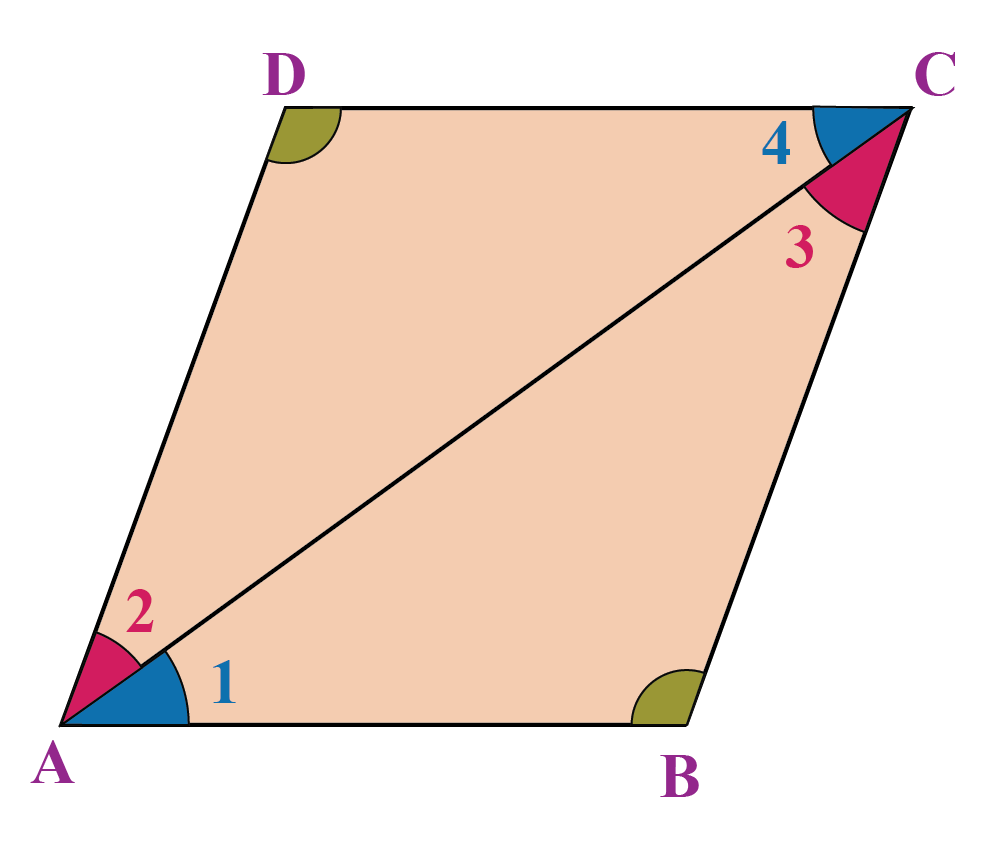What is the difference between a rhombus and a parallelogram?
Solution:
Parallelogram and Rhombus are four-sided polygons also known as quadrilaterals having four sides and four angles.
A parallelogram is a four-sided convex polygon with opposite sides parallel and equal with opposite angles being equal.
A rhombus is a special type of parallelogram where all the sides are equal in measure with opposite sides being parallel.
Let's tabulate the differences between a parallelogram and a rhombus as follows.
Parallelogram |
Rhombus |
| In a parallelogram, opposite sides are equal in measure. | In a rhombus, all sides are equal in measure |
| Diagonals bisect each other. | Diagonals bisect each other at 90 degrees. |
| The perimeter of a parallelogram is equal to 2(a + b) where a and b are the side and the base respectively. |
The perimeter of a rhombus is equal to 4x where x is the measure of each side of a rhombus. |
| The area of a parallelogram is given by b × h where b and h represent the base and the height respectively. | The area of a rhombus is given by d1d2/2 where d1 and d2 denote the length of the two diagonals. |
| Every parallelogram is not a rhombus. | Every rhombus is a parallelogram. |
|
Below is the image shown for a parallelogram
AB = CD, AD = CB |
Below is the image shown for a rhombus
AB = BC = CD = AD |
Thus, a parallelogram has opposite sides equal, while in a rhombus all four sides are equal in measurement.
What is the difference between a rhombus and a parallelogram?
Summary:
The difference between a parallelogram and a rhombus is that a parallelogram has opposite sides equal, while in a rhombus all four sides are equal in measurement.
visual curriculum


